 NURSING: PRIORITIZATION Questions and Answers with Explanation: Exam Practice and Review by browsegrades.com - issuu
NURSING: PRIORITIZATION Questions and Answers with Explanation: Exam Practice and Review by browsegrades.com - issuuCOVID-19 Update We are experiencing a volume of extremely high calls related to the interest of the COVID-19 vaccine. Please understand that our phone lines should be clear for urgent medical care needs. We cannot accept phone calls to schedule COVID-19 vaccines at this time. When this changes, we will update this website. Please know that our supply of vaccines is extremely small. Read all . Silencio Silencio Silencio Popular SearchesBone Marrow Biopsy What is a bone marrow biopsy? A bone marrow biopsy involves removing a small sample of the bone marrow inside your bones to test. Bone marrow is a soft tissue in the center of the bigger bones. It makes most of the body's blood cells. The biopsy is done using a small needle inserted into the bone. The bone marrow tissue is removed and then sent to a laboratory and checked under a microscope. You may be given an injection (injection) of a local anesthesia before the biopsy. This will numb the area so that it does not feel any pain. Why do I need a bone marrow biopsy? A bone marrow biopsy is usually done if your health care provider thinks you have a problem doing blood cells. A specialist named pathologist examines blood and bone marrow samples in a laboratory. The pathologist can check your bone marrow for any of the following: Anemia without explanation (lack of red blood cells) Abnormal numbers of blood cells (red cells, white blood) cells, or platelets) Lack of iron (iron deficiency) Cancers of the tissue forming the blood (leukemia or lymphoma) Cancers that have spread to the bone marrow Response to chemotherapy There may be other reasons for your healthcare provider to recommend a bone marrow biopsy. What are the risks of a bone marrow biopsy? As with any procedure, problems may occur. Some possible complications include: Bruges and discomfort at the biopsy site Protracted bleeding from the biopsy site Infection near the biopsy site You may have other risks that are unique to you. Be sure to discuss any concerns with your healthcare provider before the procedure. How can I prepare for a bone marrow biopsy? Your healthcare provider will explain the procedure. Ask him. or your questions. You may be asked to sign a consent form giving permission to the procedure. Read the form carefully and ask questions if Nothing's unclear. Tell your provider if you are pregnant or think you may be pregnant. Tell your provider if you are sensitive or allergic to any medicines, latex, tape and medications anesthesia (locals and General). Tell your provider about all the medications you take. This includes over-the-counter medicines and prescription. Also included vitamins, herbs and other supplements. Tell your provider if you have a history of hemorrhagic disorders. Come on. your provider knows if you are taking any medications that bind your blood, aspirin, ibuprofen, or other medicines that affect blood clotting. You may need to stop taking these medications before the procedure. You may be asked not to eat for several hours before procedure. This often means there is no food or drink after midnight. You may receive a medication (a sedative) to help you relax before biopsy. The sedative can make you drowsy. So you'll need Somebody take you home. Your healthcare provider may have other instructions for you based on your medical condition. What happens during a bone marrow biopsy? A bone marrow biopsy can be done outpatiently. This means you're going at home the same day. Or he can stay in a hospital. Procedures may vary depending on your condition and the practices of your provider. A bone marrow biopsy is often performed using a pelvic bone, but another bone (such as the stern) can be used. In a child, a leg bone or a bone the column (vertebras) can be used. In general, a bone marrow biopsy follows this process: You will be asked to take off clothes and you can give him a dress Get in. Your position may vary depending on the bone used. You can is asked to lie on your side or stomach if the pelvis bone is Used. During the procedure, you will need to remain as quiet as possible. The skin on the biopsy site will be cleaned with a sterile (antiseptic) solution. You will feel a needle stick and a brief bit bit like the supplier injects a local anesthesia to numb the area. A small cut (incision) can be made on the biopsy site. The biopsy The needle will be inserted through the bone and bone marrow. A bone marrow aspiration is usually done first. The supplier use a syringe to extract a small liquid sample from the bone marrow cells through the needle. It's common to feel pressure like The needle is inserted into the bone. You'll have a sensation of pulling when the marrow is removed. The provider will remove a small and solid bone marrow piece using a special hollow needle. This is called a basic biopsy. The needle of the biopsy will be removed. Firm pressure will apply the biopsy site for a few minutes, until the bleeding has stopped. A sterile bandage or bandage will be applied. Bone marrow samples will be sent to the lab for examination. What happens after a bone marrow biopsy? Once you're home, it's important to keep the biopsy area clean and dry. Your healthcare provider will give you specific bath instructions. Go. bandage instead during the time indicated by your provider. This is it. often until the next day. Take a painkiller as recommended by your provider. Aspirin or other pain medicines can increase the risk of bleeding. Be sure to take only medicines your health care provider has approved. Call your provider if you have any of the following: Fever Redness, swelling, bleeding, or other drainage from the biopsy site More pain at the biopsy site You can return to your usual diet and activities unless your health care The provider advises you differently. Your healthcare provider may give you other instructions, depending on your situation. Next steps Before accepting the test or procedure, be sure to know: The name of the test or procedure The reason you are having the test or the procedure What results to expect and what to mean The risks and benefits of the test or procedure What are the possible side effects or complications? When and where to have the test or procedure Who will test or process and what is the person Qualifications are What would happen if you didn't have the proof or the procedure Any alternative test or procedure to think When and how will you get the results Who to call after the test or procedure if you have questions or problems How much will you have to pay for the test or the procedure Specialization in:In another Johns Hopkins member hospital:Find additional treatment centers in:RelatedRequest an appointmentDiagnostic bone disorders Bone biopsyCorticosteroid injections Related IssuesHealth
Accessibility links Search results Bone marrow test - Wikipediaprocedure Bone marrow aspiration and biopsy in children ...Bone marrow aspiration before bone marrow core biopsy ...Pain reduction strategies during bone marrow biopsyBone biopsy procedure instructions and information ...Bone Marrow Biopsy - FAQ - ChemocareBone marrow biopsy: MedlinePlus Medical Encyclopedia

NCLEX-RN Practice Set Flashcards | Quizlet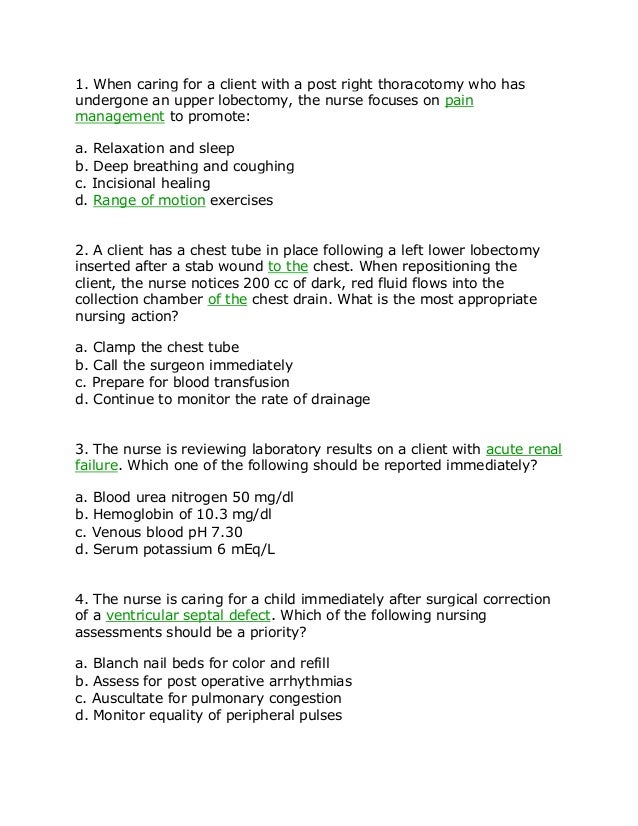
nclex
Saunders Comprehensive Review for the NCLEX-RN® Examination - E-Book (Saunders Comprehensive Review by browsegrades.com - issuu
ATI med surg post assessment, Latest 2020 | Med surg, Assessment, Learning template
PREDICTOR HESSI 05/2018. With All the Answers
ATI Medical-Surgical. 134 Questions and Answers. by browsegrades.com - issuu
nclex
ATI Med-Surg w answers - mental health nursing - StuDocu
nclex past questions | Cerebrospinal Fluid | Gout
West Coast University, Los Angeles - NURSING 493 Priority 1 VERSION 2 - 2020. Exam Revision in 180 Q by browsegrades.com - issuu
ATI Predictor Q&A Test. 180 Questions and Answers. All the information you need for the exam revisio by browsegrades.com - issuu
1. A 25 year old patient is inquiring about the methods or ways to detect cancer Wearlier. The nurse least likely identify this
Nclex Practice: Questions, Answers and Rationale and The review information. Over 300 Questions and by browsegrades.com - issuu
Medical Surgical Nursing Nclex Questions - ID:5c14e2072424b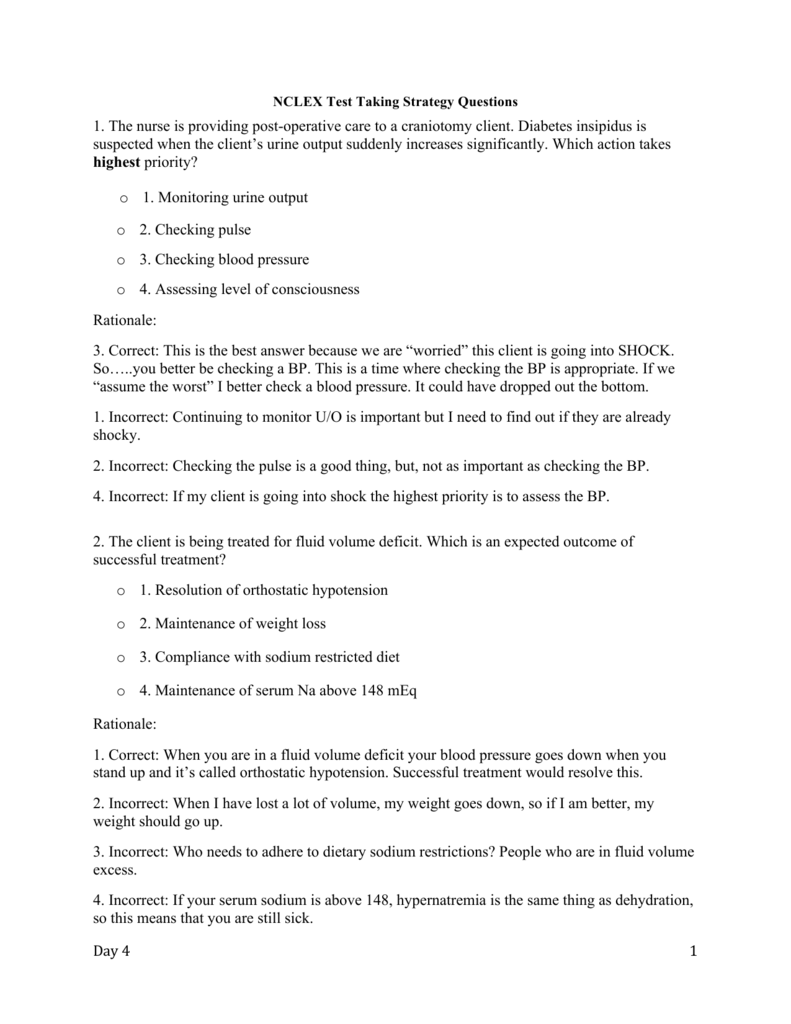
NCLEX Strategy Questions With Answers And Rationales
Test bank for principles of pediatric nursing caring for children 6th…
Bone Marrow Aspiration and Biopsy - Nursing Crib
Acute Lymphocytic Leukemia Nursing Care Management: Study Guide
SAUNDERS COMPREHENSIVE REVIEW FOR NCLEX FIVE 2020: Best Q&A for Revision and Prefessional Certificat by browsegrades.com - issuu
NCLEX Review Adult Health - ppt download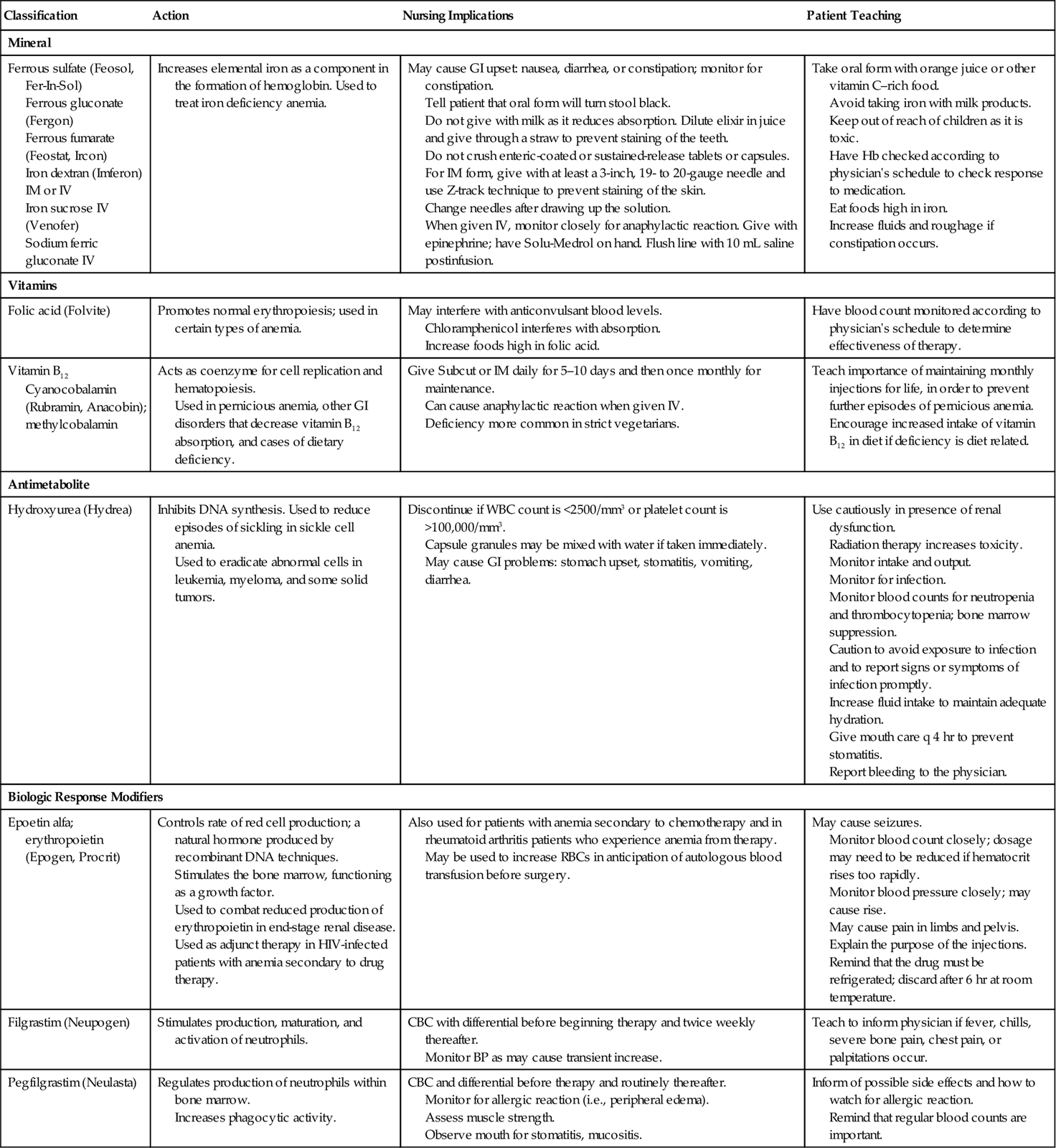
17. Care of Patients with Hematologic Disorders | Nurse Key
Nursing Care of Patients with Childhood Cancer | Oncohema Key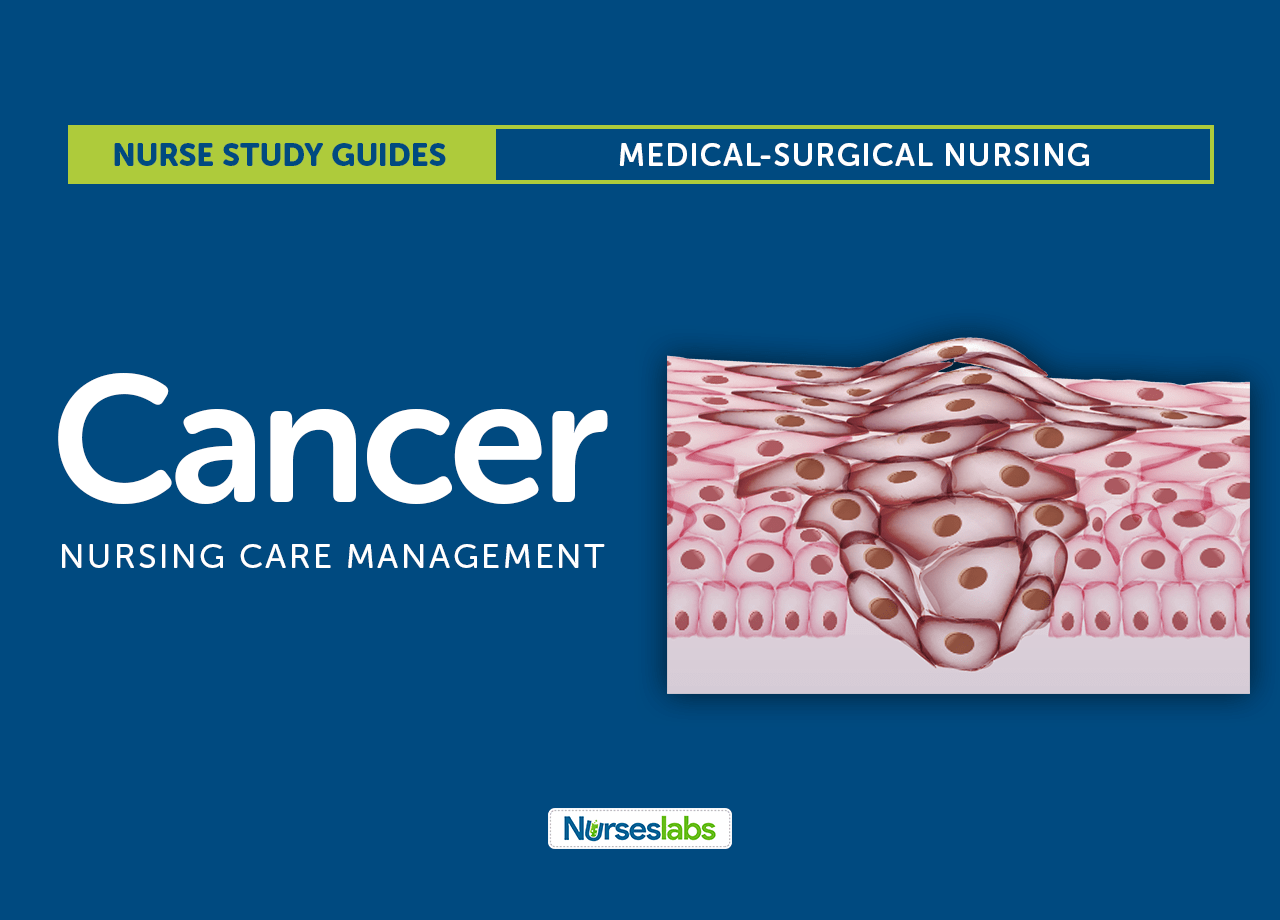
Cancer Nursing Care Management and Study Guide for Nurses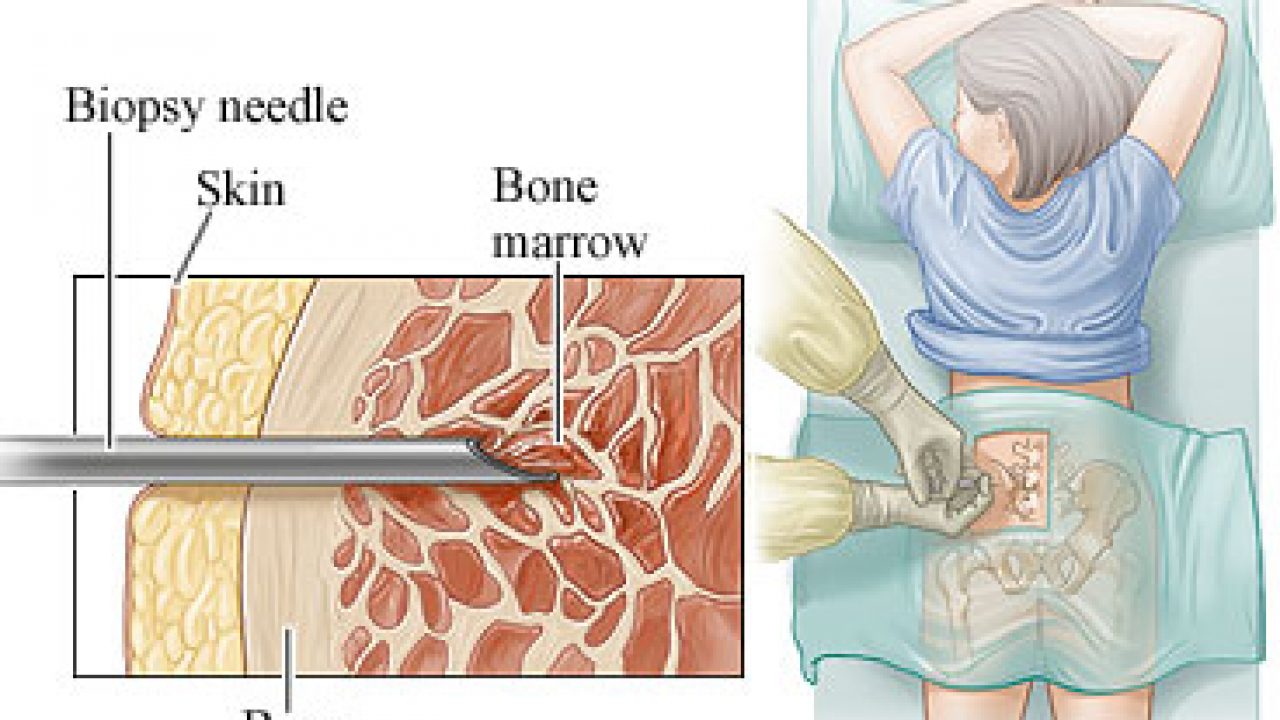
Bone Marrow Aspiration and Biopsy | Nurses Zone | Source of Resources for Nurses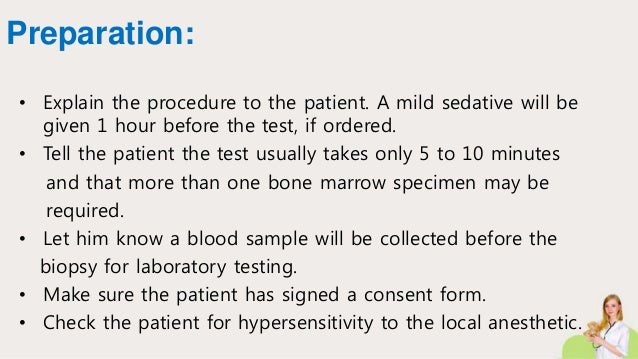
Nursing prossuders (pre/post interventions)
NCSBN ON-LINE REVIEW
Anemia Nursing Care Management: A Study Guide
Bone Marrow Transplant: Types, Procedure & Risks
Cancer & Oncology Nursing NCLEX Practice Quiz (170 Questions) - Nurseslabs
Test for all specialty in nursing FILL IN THE BLANKS Fill in the blank spaces with the correct word or phrase to complete each s
Oncology Nursing Society | CJON
Week 15 Self Assessment Quiz on leukemia answers fall 2005 - StuDocu
Elsevier Student Life | Elsevier eBooks
NCLEX-RN: Medical–Surgical Nursing - Brilliant Nurse®
Integrated Kaplan Exam - ID:5c167752aad1a
Untitled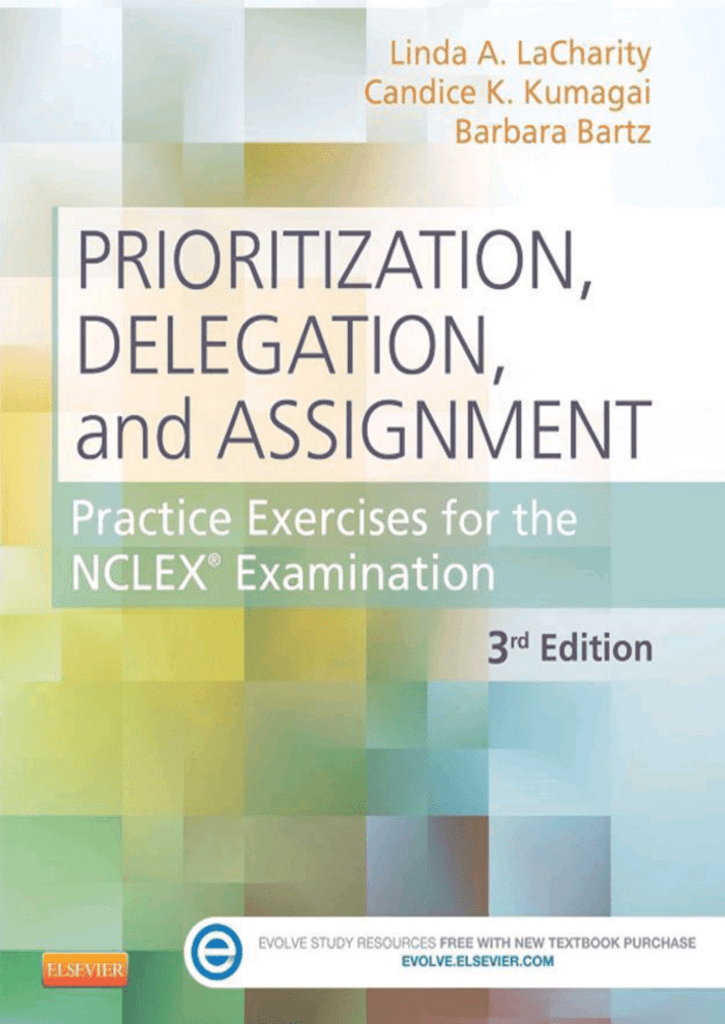
Prioritization, Delegation, and Assignment: Practice Excercises for
Nursing care in a hematopoietic stem cells transplantation unit
 NURSING: PRIORITIZATION Questions and Answers with Explanation: Exam Practice and Review by browsegrades.com - issuu
NURSING: PRIORITIZATION Questions and Answers with Explanation: Exam Practice and Review by browsegrades.com - issuu
































Posting Komentar untuk "a client has a bone marrow biopsy done. which nursing intervention is the priority post procedure?"